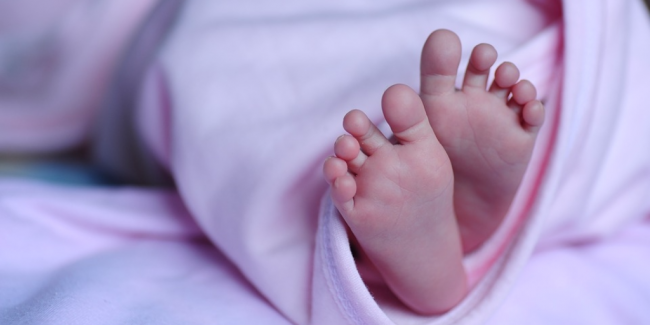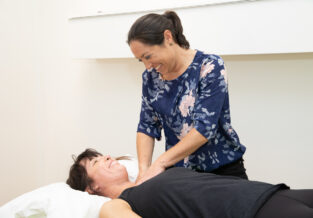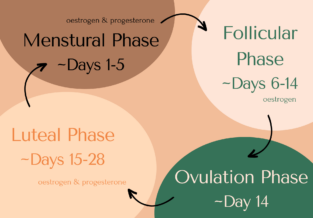Postnatal Exercise
Published on
13 Jun 2017

Call us on: (03) 9975 4133
Starting or resuming exercise after having a baby (or babies!) can be a daunting prospect for some, while others may be keen to get going but need advice on how to avoid injury. Exercise after delivery needs to be individually tailored and, preferably, professionally advised.
There are a few key considerations to getting started…
When Was Your Delivery?
It is recommended to rest and recover during the first six weeks after having a baby, particularly if you have had a Caesarean section or any other additional interventions or complications. After your six-week postnatal check up with your Obstetrician, you can gradually start to increase activity levels.
Core and Floor
The pelvic girdle, trunk and pelvic floor muscles are affected by pregnancy and, as a priority, need to be retrained after delivery. A professional assessment is ideal to ascertain the baseline status of these muscles.
1/3 of women do not perform pelvic floor muscle exercises correctly. Incorrect activation can further stress the muscles. These muscles maintain bladder and bowel control, optimise sexual function and support our pelvic organs. Leaking, urgency, or discomfort is not normal! Pelvic floor muscles may be cut or torn during vaginal delivery, and can be weakened or stretched during pregnancy so it is imperative to rebuild the pelvic floor strength regardless of the type of delivery you have.
Abdominal muscle diastasis (lengthening of the linea alba between the rectus abdominus muscle bellies) is common during pregnancy and needs to be appropriately managed to ensure the best recovery. Activating the deeper abdominal muscles helps to reduce the diastasis. Any bracing or bulging of the abdominal muscles during straining such as lifting, sit ups/crunches, planks, etc, impedes recovery of the separation.
Tiredness
Tiredness is expected after having a baby. The 3 hourly feed cycles, the sleepless nights, the new person suddenly demanding all of your attention… All make for a very tired mamma! If you are tired, not only will your muscles be tired but also you will lack motivation to be active, causing further lethargy. But there can be other reasons for tiredness that may require seeking your Doctor’s input. Thyroid imbalances or low iron levels cause fatigue and can be easily diagnosed with a blood test. Postnatal depression (PND) will also lower energy levels. If you suspect you are experiencing PND, please speak to your Doctor for advice and contact support groups.
Breastfeeding
If you are breastfeeding, there are additional considerations to exercise such as fitting exercise in around feeding routines, appropriate breast support, and milk supply.
Types of Postnatal Exercise
There are plenty of mums and bubs classes that will guide you gently back into exercise, and allow you to bring your baby along with you. Having a postnatal physio assessment first will give you an idea of which areas you need to strengthen and/or stretch, and what you should and shouldn’t do.
Walking, postnatal Pilates and postnatal yoga classes are all a great place to start. Be sure to build up gradually over 4-6 months, and only return to high impact exercise, contact sports, and abdominal exercises once you have good pelvic stability and core control.
Benefits of Postnatal Exercise
Many women are keen to lose a few of the baby kilos but here are some of the other important benefits to exercise after having a baby…
- Increased energy
- Release of ‘feel good’ hormones
- Stress relief
- Increased muscle tone
- Rebuild pelvic girdle strength (core and floor)
- Better posture
- Improved quality of sleep
- Reduced muscle tension associated with looking after a baby (e.g. tight chest, upper back, lower back, etc)
We’re Here To Help!
Looking after yourself is the first step to looking after your baby. If you’d like some advice on how to ease back in to exercise then come in to the clinic and see our friendly staff. We’re always happy to help!


